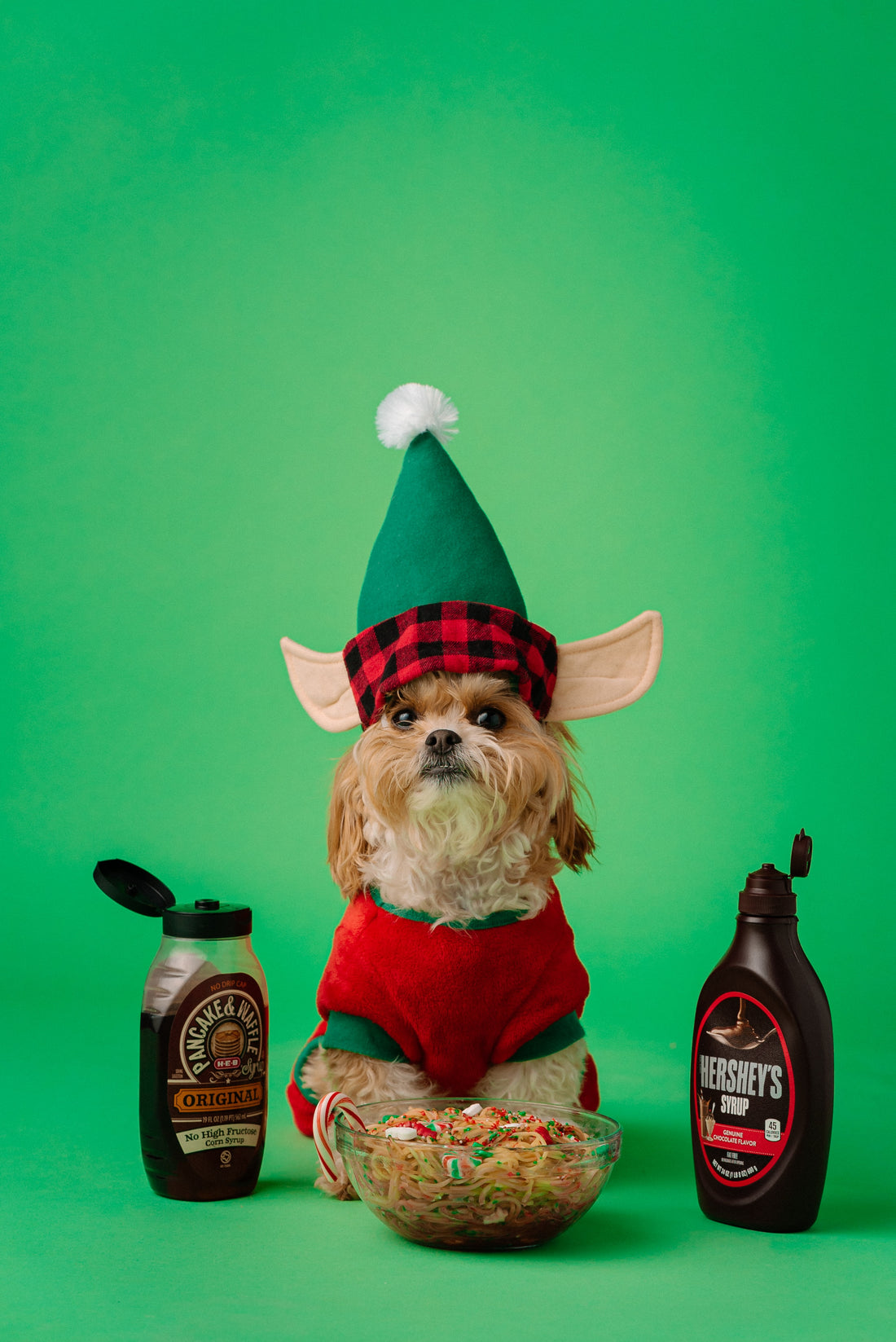
Christmas hazards
Share
With Christmas approaching, every year more expediently, our pets are exposed to many new potential hazards around the house. From the Christmas tree to decorations, to presents, plants and of course the holiday feast.
Chewing and swallowing inappropriate materials is many a dog’s favorite activity. During the silly season there is just so much more opportunity, some of these apply all year round.
Cats are generally more savvy about this kind of thing, but over the years, I have encountered a few not so bright ones, succumbing to the consequences of eating things they shouldn’t.
If you don’t see your pet eating hazardous material, the following are symptoms that could indicate ingestion.
- Salivation
- Pawing at mouth
- Vomiting
- Nervous signs
- Seizures
- Paralysis
- Diarrhoea
- Constipation
- Coma

The following are potential dangers available to your pets this time of the year:
- Hazardous plants causing mild gastrointestinal upsets:
- Mistletoe (Viscum Album)
- Poinsettia (Euphorbia Pulcherrina)
- Ivy (Hedera Species)
- Christmas tree pine needles could become mechanical irritants
- Hazardous plant extremely toxic to cats causing kidney problems:
- Lillies (Lilium Species)
- Hazardous food causing mild to severe levels of toxicity:
- Chocolate
- Grapes and dried fruit (currants, sultanas and raisins)
- Onions (garlic, leeks, shallots and chives)
- Alcohol
- Macadamia nuts
- Left over’s
- Hazardous gifts causing mild level of toxicity:
- Christmas decorations
- Silica gel
- Wrapping paper
- Candles
If you catch your pet ‘in the act’ try remove the offensive material from their mouths if some chewing/swallowing has occurred, ensure if, and how much, has been ingested. Check with the above list, if the material is potentially toxic.
Should your animal ingest small amounts of a potential toxin, please remove the remaining material. Some materials work on accumulation, thus whilst a small amount might not cause poisoning, further exposure might trigger full blown effects.
HOME INFO
- If toxic material has been ingested, it is safe to induce vomiting within 120 minutes of swallowing. Only if the animal is conscious and able to swallow!
- Hydrogen peroxide (3%) at a dose 1-2ml/kg. Syringed into the dogs or cats mouth should cause vomition within minutes. This dose can be repeated 2-3 times, if no results after the first attempt.
- Alternatively ordinary washing powder is also very effective. A ball made of washing powder and water, of the consistency of wet mud and pushed to the back of the dog’s or cat’s mouth to encourage swallowing.
- Once vomition has been achieved, and the offending material expelled, dosing activated charcoal will help the absorption of toxic material that might have been left behind. This also applies if vomition has not been achieved.
1-5g/kg of tablet/capsule or powder (this can me mixed with water or soft food and syringed into the dogs or cats mouth)
- A laxative will ensure that potentially toxic material, bound to the activated charcoal) passes through as quickly as possible.
- After all of the above a bland diet for a few days will help irritated intestines to settle down. Boiled chicken and rice is the most effective and easy way to help the process.
- If there are mouth ulcerations you can dose the following herbs:
- Myrrh (Commiphora Myrrh)
- Goldenseal (Hydrastis Canadensis)
- Baptisia (Baptisia Tinctoria) – avoid during pregnancy
The herbs can be made into a spray for application or mixed in with soft food to maximize contact time.
- For gastric upsets:
- Liquorice (Glycyrrhiza glabra)
- Chamomile (Matricaria recutita)
- Goldenseal (Hydrastis canadensis)
- Marshmallow root (Althea officinalis)
- Meadowsweet (Filipendula ulmaria)
- Fenugreek (Trigonella foenum-graceum)
Made into a tea and added to food or water
If you see the following please don't hesitate and seek out your nearest vet:
- seizure activity and/or lack of consciousness
- paralysis
- persistent vomiting or diarrhoea
Merry Christmas and a Happy New Year to you and your furry family
